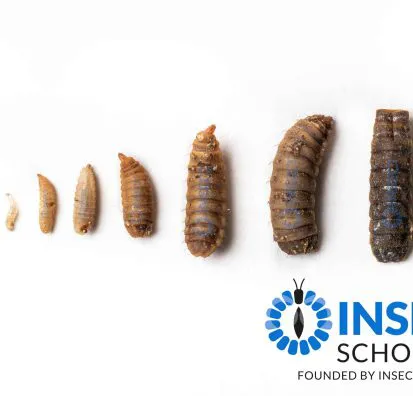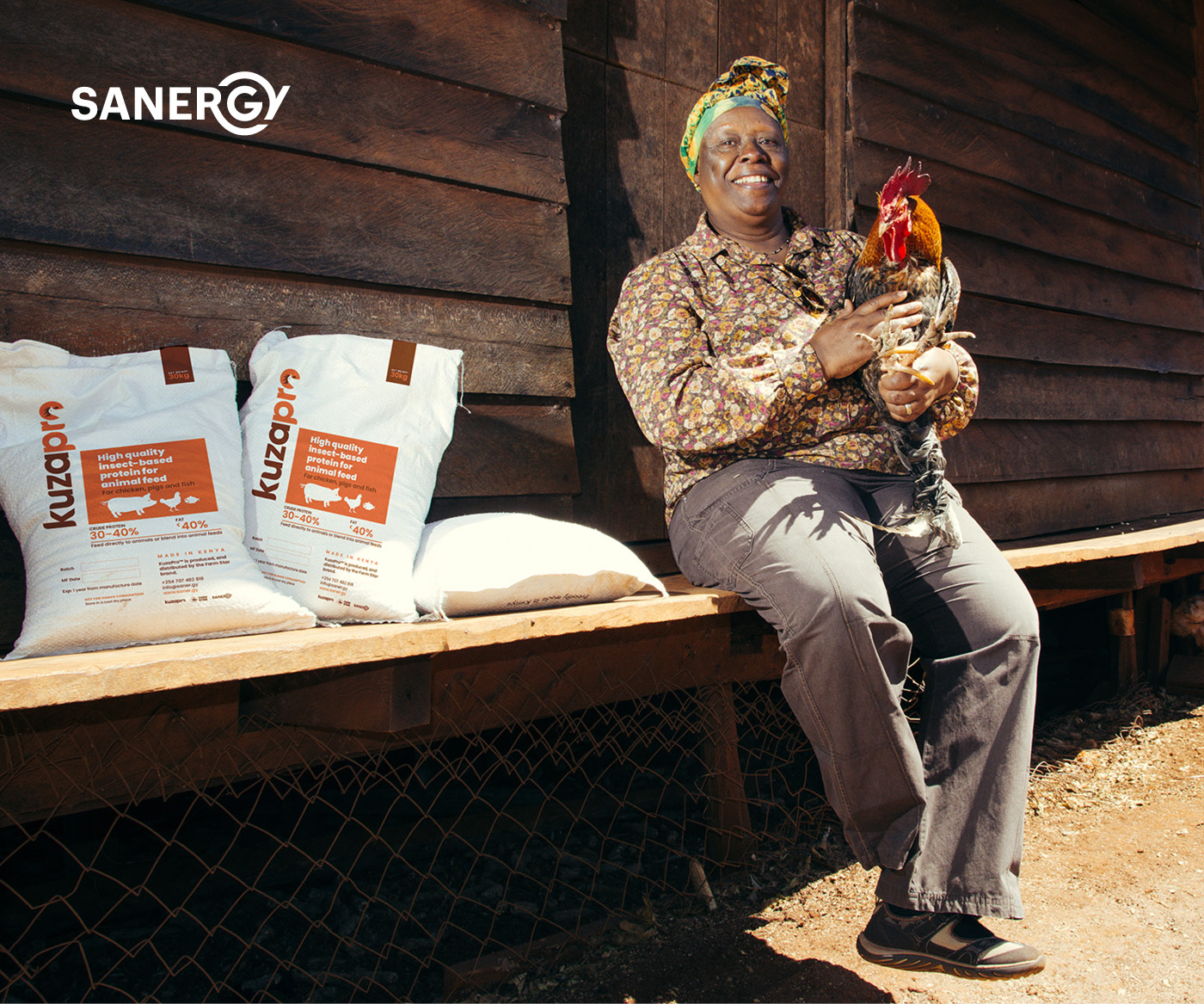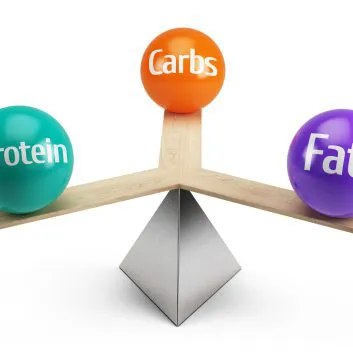Substrate: Managing Nutrient Composition for Optimal Nutrition
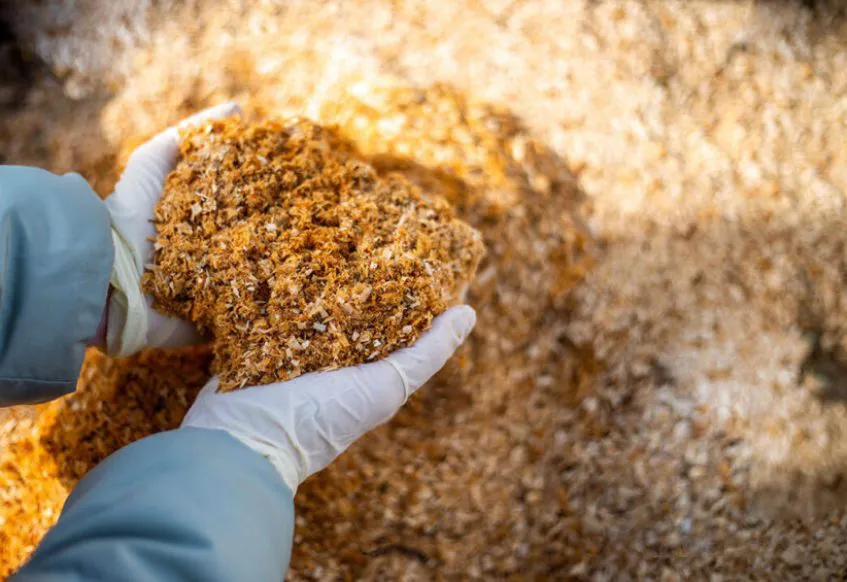
BSF larvae are versatile eaters, capable of digesting almost any organic material except lignocellulosic materials. The choice of substrate significantly influences the nutrient composition of BSF larvae. Here are common substrates used in Western Europe:
- Fermentation co-products: wheat yeast concentrate, grain residues from bioethanol extraction.
- Wheat co-products: wheat bran, wheat gluten feed, wheat starch.
- Brewery co-products: brewery’s grains, brewer’s yeast, expired beer.
- Bakery co-products: waste bread, cookies mix.
- Potato co-products: potato peels, fries mix, potato stack (waste), potato starch.
- Corn co-products: corn steeping water, corn cob mix, maize-distiller’s dried grains with soluble (DDGS).
- Dairy co-products: whey, lactose concentrate.
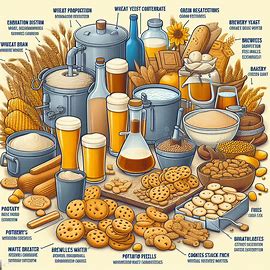
The choice of substrate offers flexibility in managing nutrient composition, allowing for the optimization of BSF larval nutrition to meet specific objectives, whether for animal feed, sustainable waste management, or resource recovery. Two suppliers in the Netherlands, www.looop.company and www.duynie.com/nl/producten-nl, provide a comprehensive list of available substrate/raw materials for Black Soldier Fly larvae.

Dry Matter: Understanding the Core of Nutritional Composition
In the world of Black Soldier Fly larvae nutrition, understanding the dry
matter percentage is paramount. With approximately 30% dry matter content well-documented in many literatures, the variability in moisture conditions and substrate choices requires careful consideration. Here’s why dry matter percentage is a critical parameter:
- Nutritional Accuracy: Dry matter percentage is vital for accurately determining the nutritional content of BSF larvae. It represents the proportion of solid material in the larvae, excluding water content.
- Water Activity: Monitoring water activity is crucial to prevent harmful microorganisms. High water activity can lead to issues such as harmful bacteria, parasites, mold, and viruses.
- Survivorship: Low dry matter content (<27%) can result in free water, leading to larval drowning. Maintaining an optimal dry matter content is crucial for larval survival.
- Optimization: Substrates tend to lose moisture as they age, posing challenges for larvae that require optimal water content for daily feeding. Gradual adjustments in dry matter content, such as introducing water during later stages, can be considered for continuous feeding.
Recognizing the variability of dry matter percentage based on substrate and moisture conditions is crucial for effective diet formulation and production management in Black Soldier Fly larvae. A deep understanding of this parameter ensures accurate nutritional assessment and successful utilization of BSF larvae in sustainable practices.

For more information
- Insect bioconversion of waste, please contact us at the Insect School. https://www.insectschool.com/
- Turnkey insect farms – https://www.insectengineers.com/bsfturnkey/production
If you would like to book BSF industry keynote speaker Bob Holtermans for your event – https://www.insectengineers.com/about-us/speaker-bobholtermans
